The age of point-and-click adventure games is largely gone. Indie titles such as Florence have revitalized certain aspects of it, and episodic titles like Life is Strange carry a certain degree of their spirit. But the uniqueness of these old titles is largely a relic. And with their antiquarian nature, we also lose the narrative potential that these games were forced to explore by design.
Of course, there are always exceptions, and there are always unsung triumphs—one such triumph being Syberia: The World Before. As the most recent (and potentially last) mainline entry in the Syberia adventure series, The World Before manages to resuscitate the spirit of the original first two titles, while also managing to make the clumsy third titles’s plot work. It was one of the most delightful surprises I’ve encountered in gaming. I’m truly thrilled for the chance to get even one more person interested in this franchise, too.
The world of Syberia
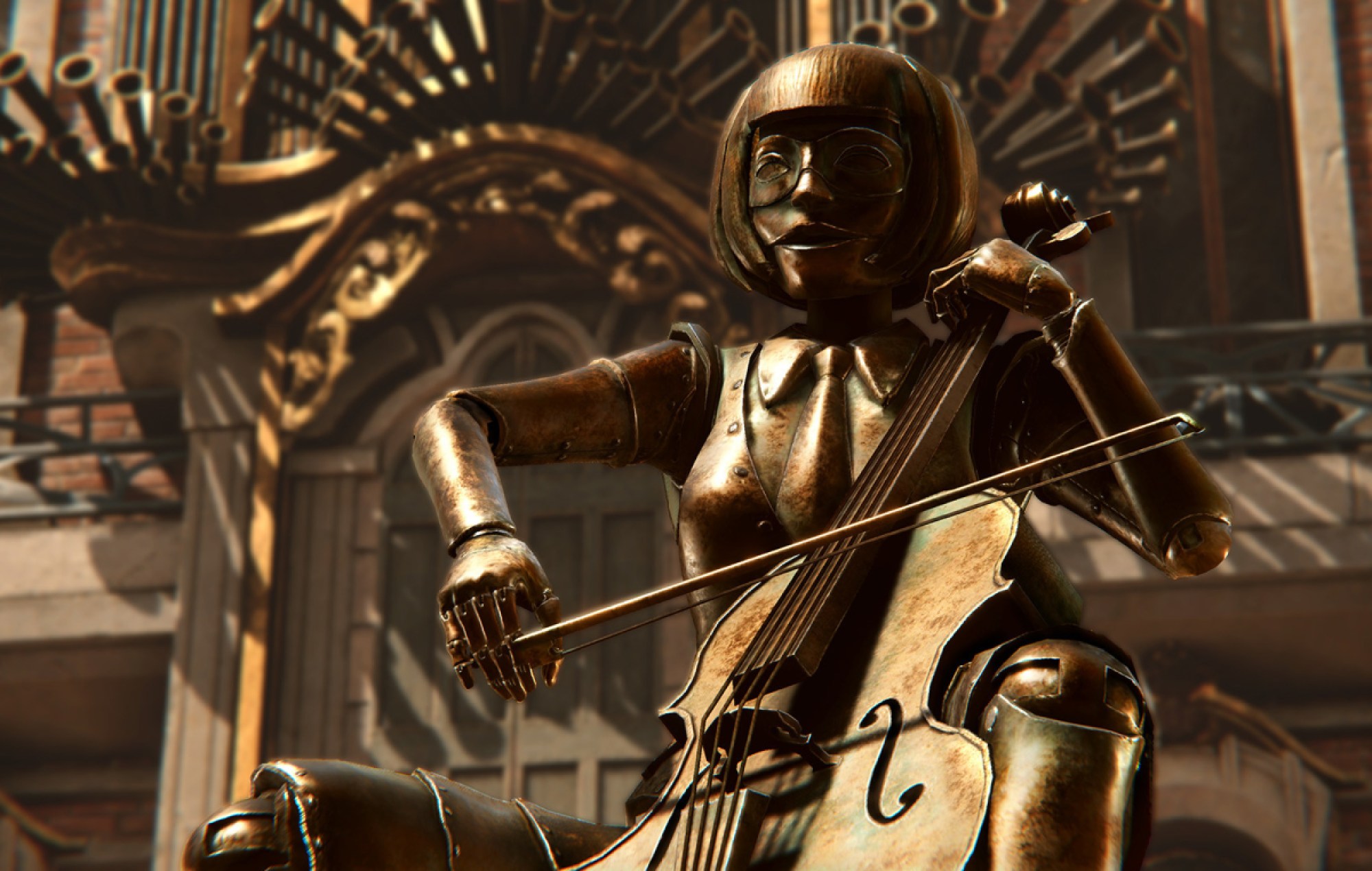
Syberia is set in a world parallel to ours, similar enough to feel familiar yet different enough to inspire awe. It follows the adventures of Kate Walker: a 30-year-old lawyer from New York, whose initial acquisition trip to a toy factory in fictional East Europe ends up becoming a journey of emancipation for her. I saw someone compare the story to a Hallmark movie, where the big-city lawyer ends up finding home in Smalltown Wherever, but I felt like that was a little uncharitable to the overall tone and spirit of the series.
From the beginning, Kate’s journey was one where she left the hands gripping her neck—that of her New York life and all the people in it—in favor of the new connections and experiences that were suddenly laid out before her. This all begins when the merger goes awry. The previous Toy Factory owner has suddenly passed, and her previously thought-to-be-deceased brother (the founder and original toy designer of the company, Hans Voralberg) ends up being alive. Instead of just signing the contracts anyways, as her boss pressures her to, Kate is overtaken with the spirit of adventure and decides to look for Hans herself.
The thing is, Syberia exists in a world full of automatons and wondrous steampunk-y technology. Hans Voralberg possesses a brilliant mind that allowed him to create things like radio transmitters, all-use keys and locks, and, most notably, automated robots with AI functionality. So when Kate decides to go find him, she’s not doing so on a whim: she’s doing so with the help of Hans’ factory train, which she comes to call home, and the train’s operator, Oscar. Oscar is a fully conversant automaton, and though he lacks the emotional ins-and-out of a human being, he and Kate end up becoming fast friends.
The setting overall carries a Neo-Soviet style in tone and design, which creates a constant mood of melancholy, agitation, and persistence. In this sense, it has a maturity and grounded-ness that I don’t often see in most game settings, which tend to be deliberately bombastic and overblown. This might bore some people, but I actually found it quite comfortable. Playing Syberia evokes the same feelings I get when I spend an entire evening reading a really good novel. I didn’t know how attached I’d gotten to the world until Hans Voralberg was mentioned in The World Before, and I actually got emotional.
The World Before
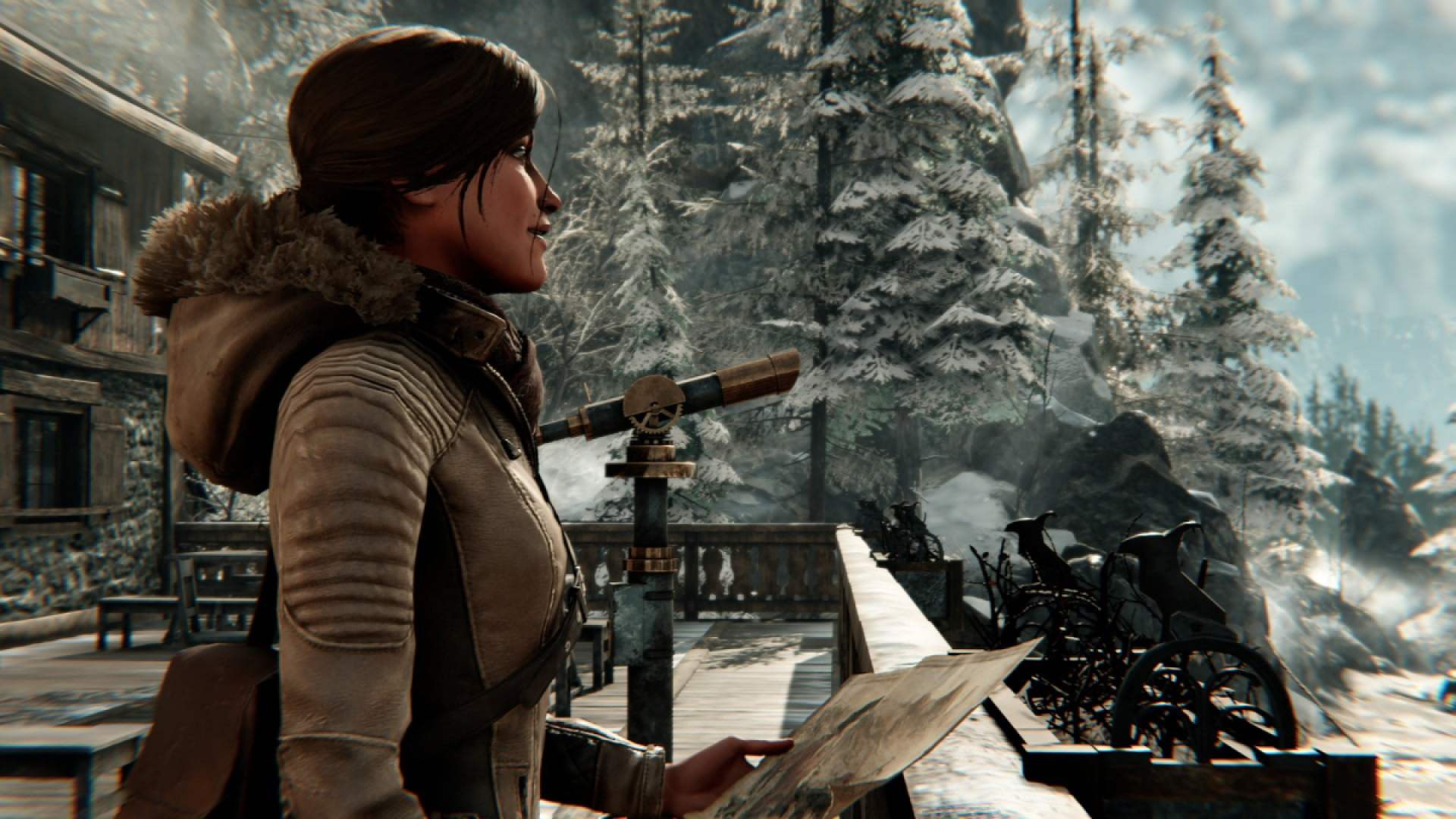
The third game in the entry, Syberia 3, was met with pretty bad reviews. They cited faulty controls, unfixed bugs, and a mediocre plot in comparison to past titles. So, to be honest, I didn’t play it. According to those reviewers, I didn’t need to in order to understand The World Before. But there was some exposition set up in the third game that the fourth one expanded upon, and my god, did they do so fantastically.
The World Before takes us between two stories, both affected by fascism. The first is, of course, Kate Walker’s—although this time, she’s been abducted by a fascist cell. The game opens with her attempting to escape slavery in a salt mine. The second story follows Dana Roze, a young woman caught in this world’s iteration of World War II. Dana joins the resistance after the Brown Shadow (this world’s Nazi parallel) targets her people, the Vaghenese. Dana’s and Kate’s stories are intertwined, in ways that are both obvious and emotionally gutting.
There’s just so much to say about this game’s writing. It maintains the maturity of prior releases, but has more of an emphasis on character. Dana herself is a delightful character to follow, but I’m going to focus on Kate, since she’s been our girl since the start. We find Kate at a complete low. She’s been spending the last two years of her life chasing leads that other people ask her to chase. She craves adventure, which gives her a sense of purpose, yet she ultimately has no purpose of her own. When she does escape the mines, it comes at the loss of her new lover, Katyusha. In her final moments, Katyusha gives Kate a new task to complete: find more information about a woman in a painting who’s a dead ringer for Kate.
The result is a Kate who is just tired of chasing leads that end up in her heart being broken, yet is ultimately afraid of returning to her empty life in New York—especially since discovering the passing of her mother while abroad. It’s incredibly hard not to feel empathy for Kate, who we knew as a somewhat listless-yet-plucky sort of person. When she’s reunited with Oscar, the mood becomes whimsical, almost manic, and then quickly falls to a terrible low when she loses sight of him. As the music fades, we hear her shout, “Don’t leave me alone again!”
Juxtaposed with Kate’s loss of purpose is Dana’s sudden drive to fight. Originally, Dana was slated to become the newest musical prodigy of her town, but war inevitably changes everything. Dana continues to lose, and lose, and lose. In spite of it all, she fights. The conclusion of her story made me weepy, yet excited for the future of both her and Kate’s story.
What I think impressed me the most was how The World Before manages to take a half-baked concept from the previous game and elevate it to something so astoundingly impactful. The devastation of war, and the power of resistance despite everything else, is made so effectively apparent in The World Before. Sometimes, video games get lost in the conceptual sauce, yet this game handled these topics with grace, understanding, and a great deal of writing talent.
Not entirely perfect…
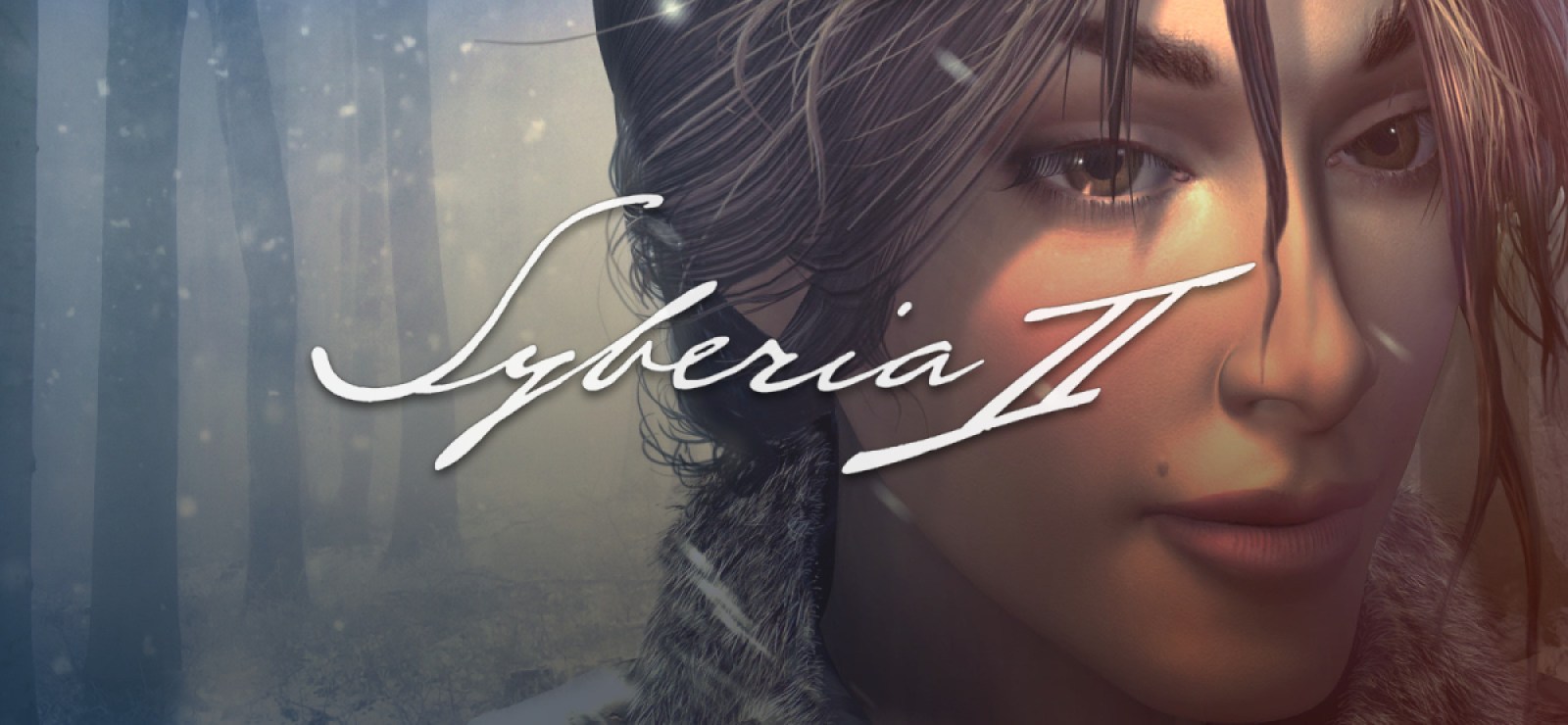
Now, I’d be remiss not to mention some things that didn’t exactly work. The most glaring bit, in my opinion, was in the writing of the Gorun, a proto-humanoid species who are tribal in nature. Syberia has already delved into explorations of tribal cultures in past games, most notably the Youkol people, but with a lens which struck me as a “mystic shaman” perspective. In other words, it felt somewhat diminutive, which is a problem that can occur when non-Indigenous writers try to write tribal stories.
I wasn’t quite sure what to make of the Gorun. They are supposed to be a myth, a “Missing Link”-type of proto-human society that the Brown Shadow are trying to find for eugenics-based purposes. But then, Leon—Dana’s romantic partne—finds one. He ends up living in their tribe after protecting them from the Brown Shadow. This Gorun follows Leon back to Vaghen, learns English, adopts the name “Ludwig,” and becomes a renowned figure in the resistance. He never returns to his tribe again. It felt a little trope-y, and in a way that reminded me somewhat of movies like Dances With Wolves: well-intentioned, yet not exactly executed in a way that’s respectful of Indigenous history. It’s a weird one to talk about, since the Goruns are, technically speaking, not humanoids.
Then, there’s the fact that Kate’s lover, Katyusha, was introduced just to die and give Kate a new thing to do. It felt very “bury your gays,” which was disappointing. I happen to have a very queer crush on Kate and would otherwise love to see her in a sapphic relationship. We barely get to know Katyusha, beyond learning that she started an anti-fascist punk group after leaving her small town. She solely exists in Kate’s internal monologue as a reflection of her grief. At that point, I gotta wonder if it even worth it to write them as lovers?
My only other gripe is that this game is very classically Syberia, in the sense that some of the puzzles are baffling to an unnecessary degree. On one hand, the controls and UI sometimes make it difficult to really understand what you’re looking at. You’ll think you’ve exhausted all your options, so you leave and explore another area—only to return to the puzzle and discover that you hadn’t waved your mouse over one very small, particular area.
On the other hand, some puzzles feel gratuitous and unnecessary, like they were put in just to fill time. For example, Kate discovers something terrible at an old cemetery, and after the ensuing cutscene ends, you think you’re gonna just head home. But no. For some reason, they decided to put in a puzzle where you have to crank open the cemetery gate, because it closed before you could leave. I don’t see a reason why this puzzle needed to interrupt such an emotional crescendo. Kate doesn’t even really have any pensive thoughts while running around getting the gate open; those come after. Whack.
Still, should you play?
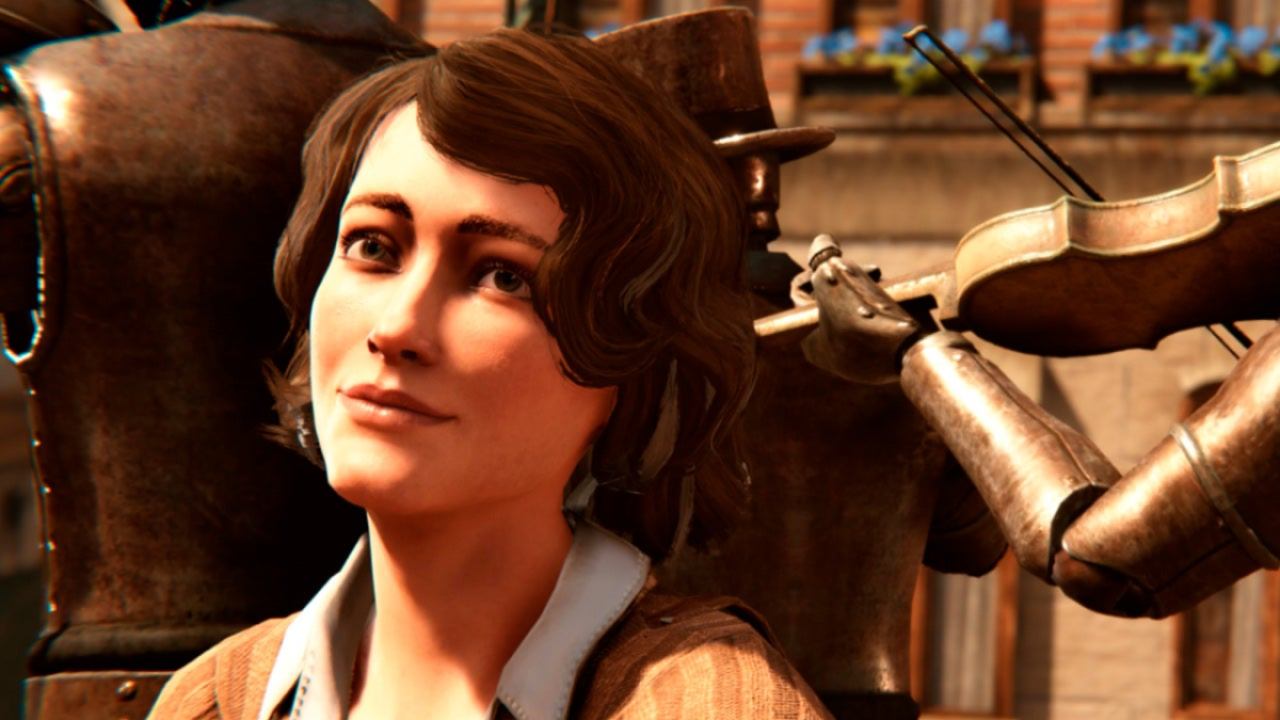
I love video games, don’t get me wrong, but sometimes I find myself embarrassed to play them because of how juvenile and ridiculous the writing can be. I know, they’re games—you play them, for fun. But I’m a fan of good writing, and I’ve learned to temper my expectations with games.
But Syberia: The World Before doesn’t require that I temper anything. It is insightful, rich, and human—to an extent I rarely see realized in games. I understand that it’s not for everyone, both in tone and gameplay. Yet it’s the sort of game I’d ultimately love to see people talk about more. It feels like a perfect sequel to an already fantastic franchise. If there’s any possibility that we’ll get a follow up to Kate and Dana’s escapades, you can bet your ass I’ll play it.
So yes, give The World Before a shot. And then, play the first two games. And then, leave a comment, so we can geek out together.
(Featured Image: Microids)



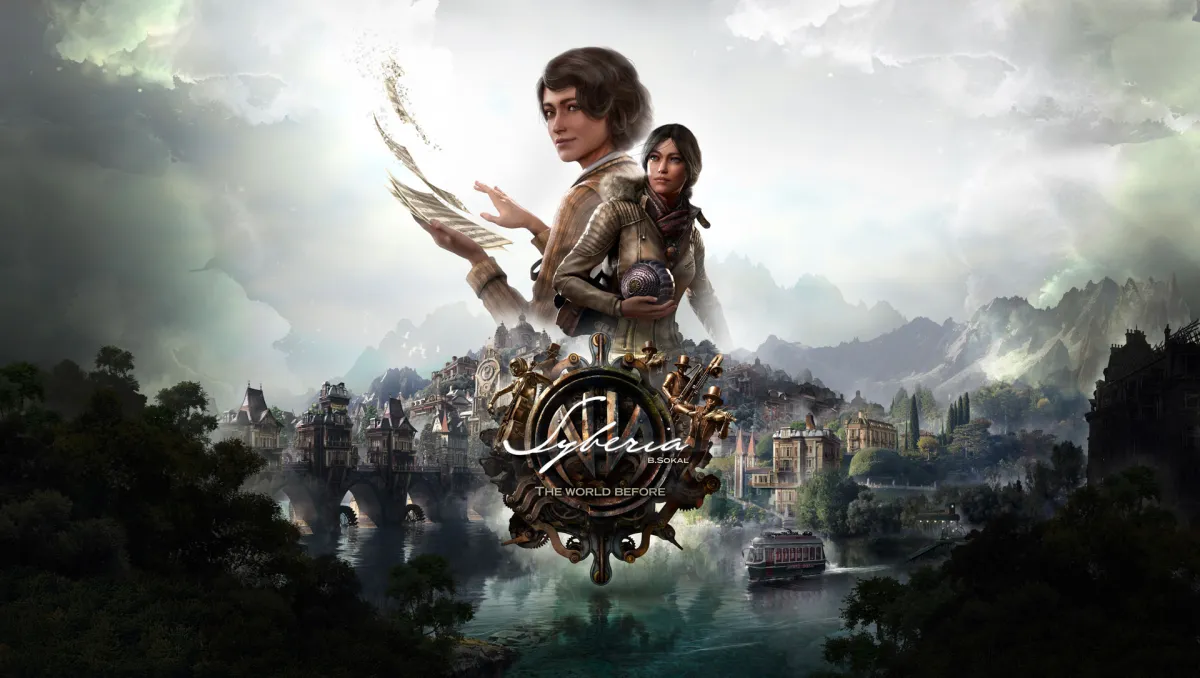

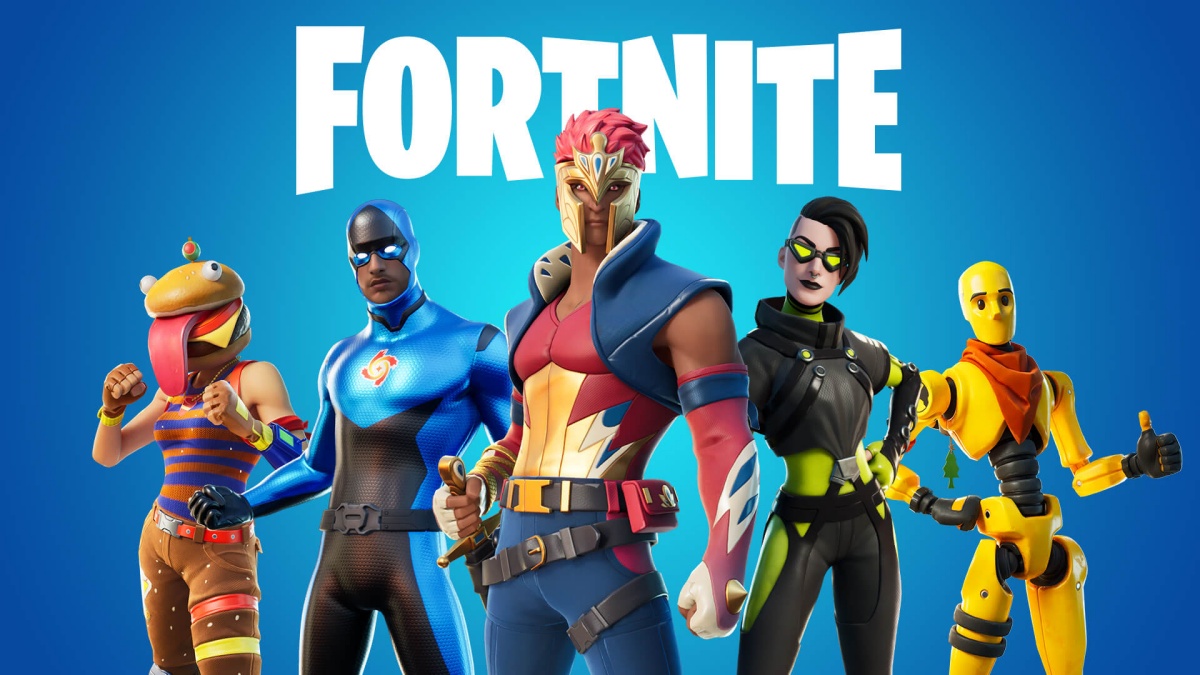




Published: Feb 19, 2023 11:51 am